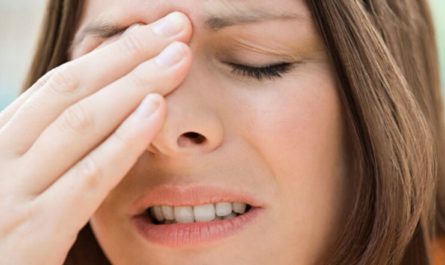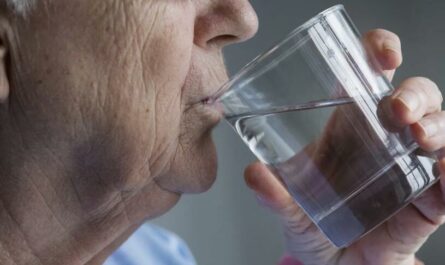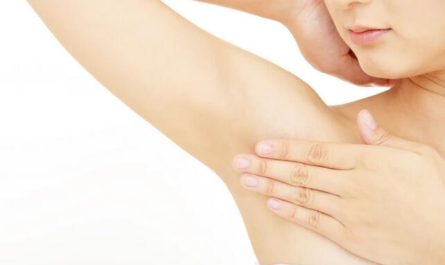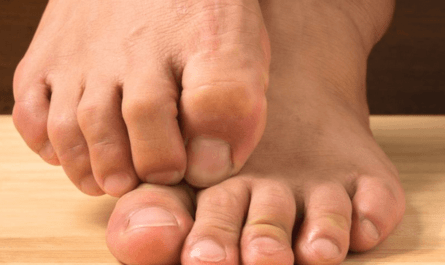Have you ever woken up with a painful, red bump on your eyelid? Chances are, you’ve experienced a stye. Styes are a common eye condition that can be both uncomfortable and unsightly. While they usually heal on their own within a week or two, there are several home remedies you can try to speed up the healing process. In this article, we’ll explore 16 effective home remedies for styes on the eyelid. These simple treatments can help you manage the discomfort and get your eye back to normal.
What is a Stye?
Before we get into the remedies, let’s take a moment to understand what a stye is. A stye, also known as a hordeolum, is a bacterial infection that causes a painful, red lump to form on the edge of the eyelid. Styes occur when the oil glands in the eyelid become clogged and infected. This is often due to bacteria like Staphylococcus aureus.
There are two types of styes:
- External styes: These form on the outside of the eyelid and are usually more visible and painful.
- Internal styes: These form on the inside of the eyelid and can be more difficult to see, but still cause discomfort.
Styes are not typically serious and will usually heal on their own. However, they can be quite bothersome and may interfere with your daily activities. That’s where these home remedies come in handy.
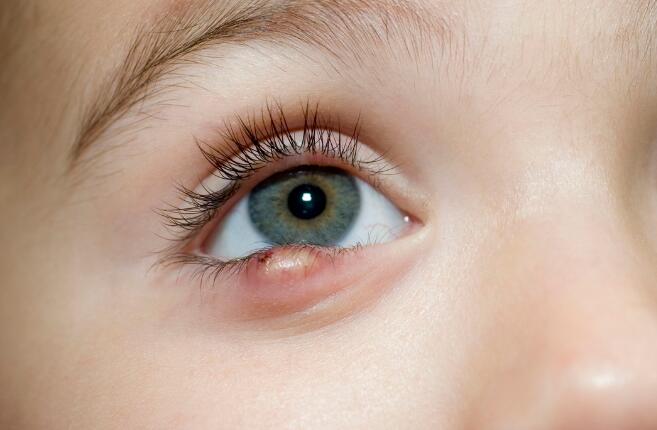
16 Home Remedies for Styes on Eyelid
1. Warm Compress
One of the most effective ways to treat a stye is by applying a warm compress. The heat helps to increase blood circulation. This can speed up the healing process and provide relief from pain and swelling.
- Soak a clean, soft cloth in warm water (not hot).
- Wring out the excess water.
- Hold the compress against the affected eye for 10-15 minutes.
- Repeat 3-4 times a day.
The warmth will help to open up the clogged oil gland, allowing the stye to drain and heal more quickly. Just be sure not to press too hard on the eye, as this can cause further irritation.
2. Tea Bags
Another simple remedy for styes is to use tea bags. Tea contains tannins, which have anti-inflammatory properties that can help to reduce swelling and discomfort.
- Steep a tea bag in hot water for a few minutes.
- Remove the tea bag and allow it to cool until it’s warm, but not hot.
- Hold the tea bag against the affected eye for 5-10 minutes.
- Repeat 2-3 times a day.
Black tea, green tea, and chamomile tea are all good options for this remedy. Just make sure the tea bag is not too hot before applying it to your eye.
3. Cucumber Slices
Cucumbers have long been used as a natural remedy for puffy eyes and dark circles, but did you know they can also help with styes? Cucumbers have a cooling effect that can help to soothe inflammation and reduce swelling.
- Wash a cucumber and cut it into thin slices.
- Refrigerate the slices for 10-15 minutes to enhance the cooling effect.
- Place a cold cucumber slice over the affected eye for 5-10 minutes.
- Repeat 2-3 times a day.
The cool temperature and high water content of the cucumber can provide instant relief for sore, swollen eyes. Plus, it’s a great excuse to kick back and relax for a few minutes!
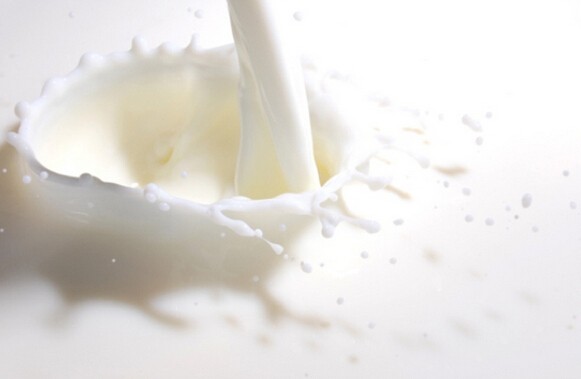
4. Warm Milk and Bread
This old-fashioned remedy may sound a bit strange, but many people swear by it for treating styes. The combination of warm milk and bread creates a soothing compress that can help to draw out the infection and relieve pain.
- Warm up a small amount of milk (not hot).
- Dip a piece of bread in the warm milk until it’s soft and saturated.
- Place the warm, milky bread over the affected eye for 10-15 minutes.
- Repeat 2-3 times a day.
The warmth and moisture from the bread and milk can help to soften the stye and encourage it to drain. Just be sure to use a fresh piece of bread for each application.
5. Coriander Seeds
Coriander seeds have anti-inflammatory and antibacterial properties that can help treat styes. They can help to reduce swelling, soothe pain, and fight off the infection.
- Boil 1 teaspoon of coriander seeds in 1 cup of water for 5 minutes.
- Strain the seeds and allow the water to cool until it’s warm.
- Soak a clean cloth in the warm coriander water.
- Hold the cloth against the affected eye for 5-10 minutes.
- Repeat 2-3 times a day.
You can also make a paste by grinding the boiled coriander seeds and applying it directly to the stye. Leave the paste on for a few minutes before rinsing it off with warm water.
6. Aloe Vera
Aloe vera is well-known for its soothing and healing properties. It contains compounds that can help to reduce inflammation, fight bacteria, and promote healing.
- Cut open a fresh aloe vera leaf and extract the gel.
- Apply the gel directly to the stye using a clean finger or cotton swab.
- Leave the gel on for 10-15 minutes before rinsing it off with warm water.
- Repeat 2-3 times a day.
If you don’t have access to fresh aloe vera, you can also use a pure aloe vera gel product. Just make sure it doesn’t contain any added ingredients that could irritate your eye.
7. Turmeric
Turmeric is a spice with powerful anti-inflammatory and antibacterial properties. It contains a compound called curcumin. It can reduce inflammation and fight off infections.
- Mix 1/2 teaspoon of turmeric powder with a small amount of warm water to make a paste.
- Apply the paste directly to the stye using a clean finger or cotton swab.
- Leave the paste on for 10-15 minutes before rinsing it off with warm water.
- Repeat 2-3 times a day.
You can also try drinking turmeric tea or taking a turmeric supplement to help boost your body’s natural healing abilities. Just be aware that turmeric can stain clothing and skin, so be careful when applying it.
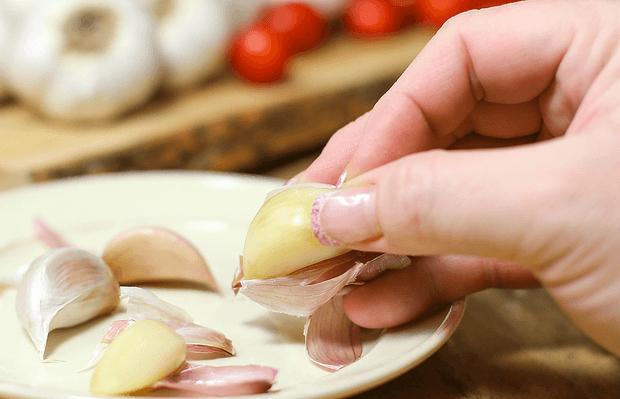
8. Garlic
Garlic is another natural remedy with strong antibacterial and anti-inflammatory properties. It contains compounds like allicin that can help to fight off infections and reduce swelling.
- Crush a clove of garlic and mix it with a small amount of warm water to make a paste.
- Apply the paste directly to the stye using a clean finger or cotton swab.
- Leave the paste on for 5-10 minutes before rinsing it off with warm water.
- Repeat 2-3 times a day.
You can also try eating more garlic in your diet to help boost your immune system and fight off infections from the inside out.
9. Guava Leaves
Guava leaves have anti-inflammatory and antimicrobial properties that can help treat styes. They can help to reduce swelling, soothe pain, and fight off the infection.
- Wash a few fresh guava leaves and crush them to release the juice.
- Apply the juice directly to the stye using a clean finger or cotton swab.
- Leave the juice on for 10-15 minutes before rinsing it off with warm water.
- Repeat 2-3 times a day.
You can also make a warm compress by soaking a clean cloth in guava leaf tea. Simply boil a few guava leaves in water for 5 minutes, and strain the leaves. Then allow the tea to cool until it’s warm before using it as a compress.
10. Acacia Leaves
Acacia leaves have anti-inflammatory and antibacterial properties that can help to reduce swelling and fight off infections. They can be used in a similar way to guava leaves to treat styes.
- Wash a few fresh acacia leaves and crush them to release the juice.
- Apply the juice directly to the stye using a clean finger or cotton swab.
- Leave the juice on for 10-15 minutes before rinsing it off with warm water.
- Repeat 2-3 times a day.
You can also make a warm compress by soaking a clean cloth in acacia leaf tea, just like with the guava leaves.
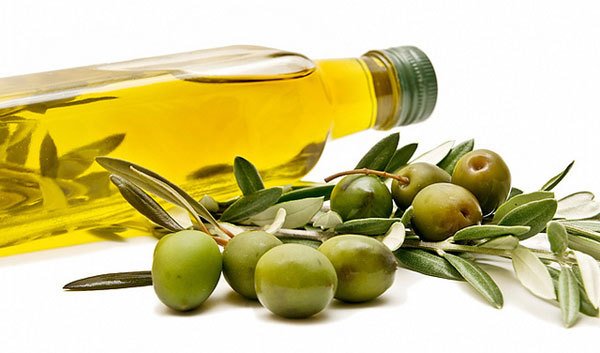
11. Castor Oil
Castor oil has anti-inflammatory and antimicrobial properties that can help to reduce swelling and fight off infections. It can also help to lubricate the eye and promote healing.
- Wash your hands thoroughly and dip a clean cotton swab in pure castor oil.
- Apply the oil directly to the stye, being careful not to get it in your eye.
- Leave the oil on for 10-15 minutes before wiping it off with a clean, damp cloth.
- Repeat 2-3 times a day.
Castor oil is generally safe to use around the eyes. But if you experience any irritation or discomfort, discontinue use and consult with your doctor.
12. Coconut Oil
Coconut oil has natural antibacterial and anti-inflammatory properties that can help to fight off infections and reduce swelling. It’s also very moisturizing and can help to soothe irritated skin.
- Wash your hands thoroughly and dip a clean cotton swab in pure, organic coconut oil.
- Apply the oil directly to the stye, being careful not to get it in your eye.
- Leave the oil on for 10-15 minutes before wiping it off with a clean, damp cloth.
- Repeat 2-3 times a day.
Coconut oil is solid at room temperature, so you may need to warm it up a bit before using it. Just be sure it’s not too hot before applying it to your eye.
13. Echinacea
Echinacea is an herb that’s well-known for its immune-boosting properties. It can help to stimulate the body’s natural defenses and fight off infections like styes.
- Brew a cup of echinacea tea according to the package instructions.
- Allow the tea to cool until it’s warm, but not hot.
- Soak a clean cloth in the warm tea and hold it against the affected eye for 5-10 minutes.
- Repeat 2-3 times a day.
You can also take echinacea supplements orally to help fight off infections from the inside out. Just be sure to follow the dosage instructions on the package.
14. Goldenseal
Goldenseal is another herb with powerful antibacterial and anti-inflammatory properties. It contains a compound called berberine that can help to fight off infections and reduce swelling.
- Mix 1/2 teaspoon of goldenseal powder with a small amount of warm water to make a paste.
- Apply the paste directly to the stye using a clean finger or cotton swab.
- Leave the paste on for 10-15 minutes before rinsing it off with warm water.
- Repeat 2-3 times a day.
You can also try taking goldenseal supplements orally to help fight off infections from the inside out. Just be aware that goldenseal can interact with certain medications. So talk to your doctor before taking it if you have any underlying health conditions.
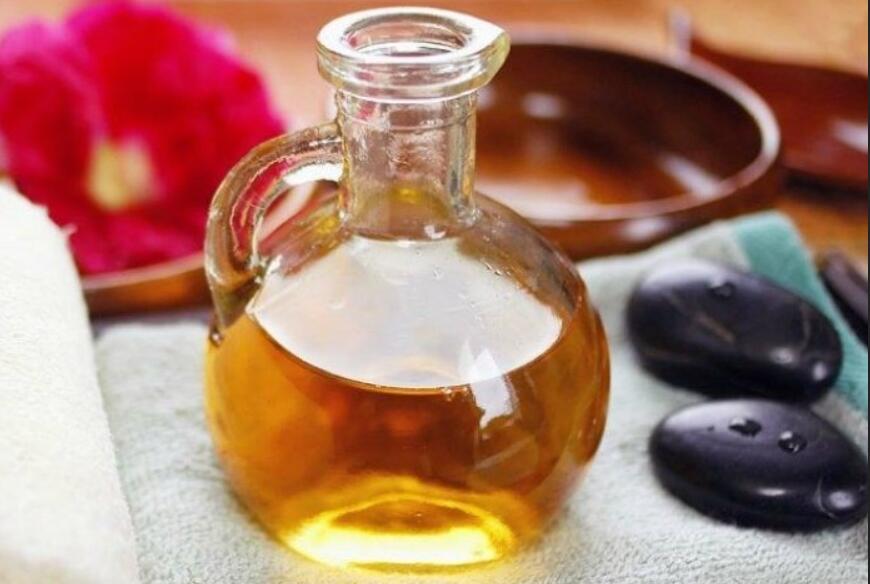
15. Clove Oil
Clove oil has natural antibacterial and anti-inflammatory properties that can help to fight off infections and reduce swelling. It’s also known for its pain-relieving properties, which can help soothe the discomfort associated with styes.
- Mix 1-2 drops of pure clove oil with 1 teaspoon of coconut oil or olive oil to dilute it.
- Dip a clean cotton swab in the oil mixture.
- Apply the oil directly to the stye, being careful not to get it in your eye.
- Leave the oil on for 5-10 minutes before wiping it off with a clean, damp cloth.
- Repeat 2-3 times a day.
Clove oil is very potent, so it’s important to dilute it before using it on your skin. If you experience any irritation or discomfort, discontinue use and rinse the area with cool water.
16. Massage
Gently massaging the area around the stye can help to promote drainage and speed up the healing process. It can also help to relieve pain and discomfort.
- Wash your hands thoroughly with soap and warm water.
- Apply a warm compress to the stye for 5-10 minutes to soften the area.
- Using a clean finger, gently massage the area around the stye in a circular motion for 1-2 minutes.
- Be careful not to press too hard or squeeze the stye, as this can cause further irritation.
- Repeat 2-3 times a day.
Massaging the area can help to encourage the stye to drain on its own. Be sure to clean the area with warm water and mild soap to prevent the spread of infection.
How to Prevent Styes in the Future?
While styes are not always preventable, there are some things you can do to reduce your risk of developing them:
- Wash your hands regularly, especially before touching your face or eyes
- Remove eye makeup before going to bed
- Replace eye makeup every 3-6 months to prevent bacterial growth
- Don’t share eye makeup or towels with others
- Clean your contact lenses and cases regularly
- Eat a healthy diet rich in vitamins A and C to support eye health
- Manage underlying health conditions like diabetes or rosacea that can increase your risk of styes
By following these simple tips and using the home remedies outlined above, you can help to prevent and treat styes naturally.
When to See a Doctor?
While most styes will heal on their own within a week or two, there are some cases where medical attention may be necessary. You should see a doctor if:
- The stye is very large or painful
- The stye is affecting your vision
- The stye doesn’t improve after a few days of home treatment
- You have recurring styes
- You have other symptoms like fever, chills, or swelling around the eye
Your doctor may prescribe antibiotics to help clear up the infection. Or they may need to drain the stye surgically if it’s very large.

